If you’ve ever traveled to Vietnam, you’ve likely fallen in love with Vietnamese Pho, particularly the version you’d find in Northern Vietnam. Unlike the adaptations commonly found in American or European restaurants, the Pho in this region holds a distinct charm, thanks primarily to its unique preparation style and local flavors that differ significantly from what you might be accustomed to abroad. Despite the exotic taste, the ingredients needed to recreate this delightful beef or chicken noodle soup can typically be found at local grocery stores worldwide.
Join us as we invite you into our kitchen in Hanoi, Vietnam. We’re excited to guide you through the authentic processes and little-known secrets that make Northern Vietnamese Pho a beloved dish globally. Get ready to discover how to bring a taste of Vietnam into your home with our comprehensive, step-by-step Pho recipe!
Table of Contents
- Exploring The Quintessential Vietnamese Pho: A Culinary Staple From The Streets Of North Vietnam
- Essential Tips For Crafting Authentic Vietnamese Pho At Home
- Cooking Ahead Tips For Quick And Delicious Pho At Home
- You Can Watch The Step-by-step Procedures For Cooking Vietnamese Pho.
- Serving And Enjoying Pho: Individual Bowls For A Personal Experience
- Our Homemade Vietnamese Pho Or Vietnamese Noodle Soup Recipe
Exploring The Quintessential Vietnamese Pho: A Culinary Staple From The Streets Of North Vietnam
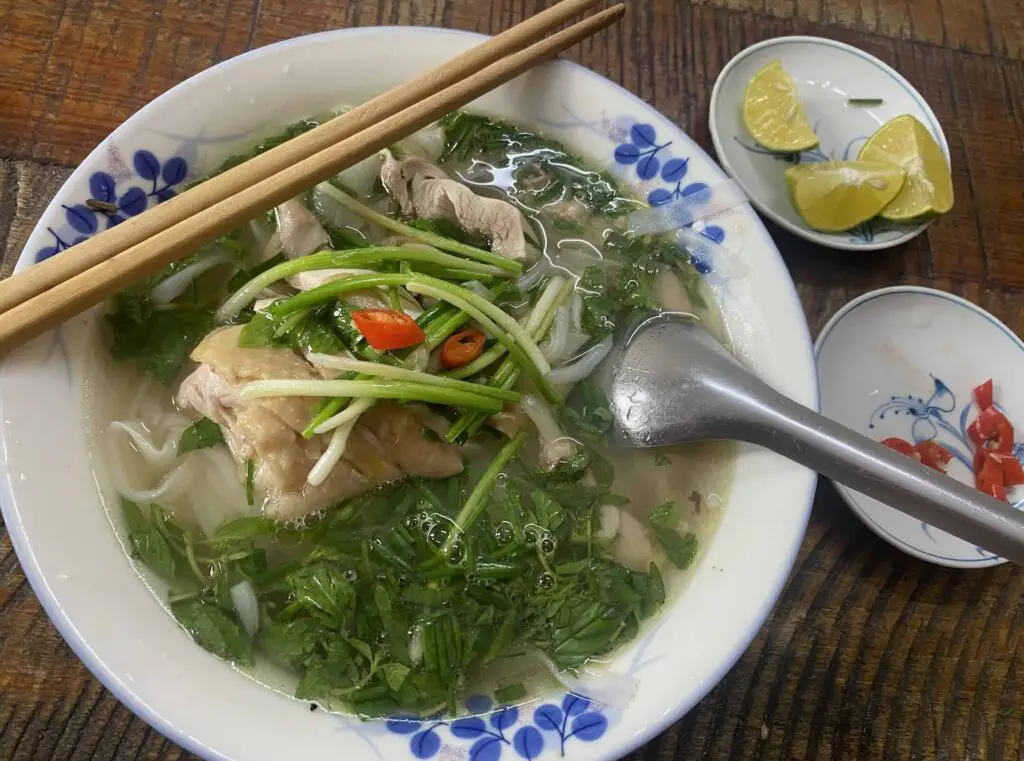
What exactly is Vietnamese Pho? At its simplest, Pho (pronounced “fuh”) is a versatile and delicious Vietnamese noodle soup.
You can find it in countless variations, such as vegetable pho, beef pho, chicken pho, and Pho, that feature almost any type of meat imaginable. In the bustling streets of North Vietnam, small stalls and local eateries serve steaming bowls of Pho primarily in the morning, creating a vibrant culinary scene that captivates both locals and travelers alike. These stalls, often packed and buzzing from dawn, offer more than just sustenance; they provide a warm, welcoming start to the day with this beloved national dish.
Pho is more than a mere soup; it is a hallmark of Vietnamese cuisine and a proud national symbol. This dish features a rich, savory broth, rice noodles, and protein—typically beef or chicken—topped with various fresh herbs and ingredients that explode with flavors.
When prepared from scratch with fresh, authentic components, Pho transcends its humble beginnings to become a flavorful experience.
Our recipe, while essential, encapsulates the traditional essence of Pho as it is typically made in Vietnamese homes. Pho recipes can vary tremendously, each reflecting the cook’s personal touch, much like the diverse people of Vietnam themselves.
Today, we’re excited to open our home to you and share how we make Pho right here in North Vietnam.
Follow us into our kitchen as we delve into the intricacies of crafting the perfect bowl of Pho. From selecting the right spices and broth base to choosing the best cuts of meat and freshest herbs, we’ll show you every step.
By the end of this journey, you’ll understand what makes Pho so unique and how to bring this piece of Vietnamese culinary artistry into your kitchen. Whether you’re a seasoned chef or a curious novice eager to explore new flavors, prepare to be inspired by Vietnamese Pho’s rich history and vibrant taste.
Join us as we celebrate this iconic dish- much more than food—a cultural embrace.
Essential Tips For Crafting Authentic Vietnamese Pho At Home
Creating the perfect bowl of Vietnamese Pho at home involves more than just following a recipe; it’s about infusing the broth with depth and flavor while embracing the freshness of the ingredients. Here are some expert tips to help you prepare the most flavorful and aromatic Pho possible.
1. Roast Vegetables For A Flavorful Soup Base
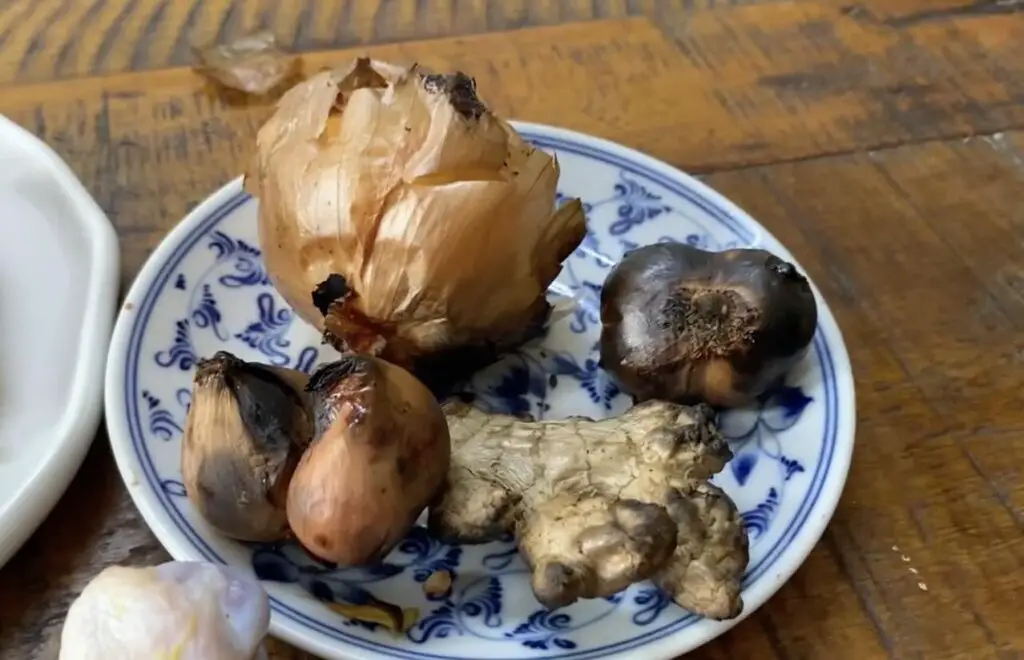
Roasting vegetables such as onions, ginger, and shallots is crucial in traditional Vietnamese cooking. This technique enhances their natural flavors and sweetness, adding a rich layer to the broth. To do this at home:
- Place the onions, ginger, and shallots with skin into a large pan
- Please place them in a dry pan (no oil needed) over medium heat.
- Roast them, turning occasionally, until they develop a slight char and are just tender.
These vegetables are generally strained or removed after imparting their flavors to the broth, so they’re not meant to be eaten with the soup. Remove the roasted skins of the shallots and onions before you place them in the soup, and use a knife to smash down the ginger. We also cut the onion partly in half.
All of this will help add flavor to our Pho broth.
2. Utilize Pre-Boiled Chicken Parts With Bones

Sustainability is a crucial aspect of Vietnamese cuisine, where food wastage is minimal. Pre-boiled chicken parts, especially those with bones, are commonly repurposed to enrich Pho broth:
- If you have leftover chicken bones or parts from another meal, add them to your broth.
- The bones will leach a savory, umami flavor quintessential to a hearty Pho broth.
Consider using parts like chicken backs, necks, or even feet, which are rich in collagen and help create a rich, gelatinous broth.
3. Incorporate Chicken Thigh On Bone With Skin
For an added depth of flavor, include chicken thighs with the skin on:
- Add raw chicken thighs on the bone to the broth.
- As the broth simmers, the fat from the skin renders down, providing a luscious richness that commercial broths can’t match.
The Vietnamese use this technique as it not only seasons the meat itself but also enhances the overall savoriness of the broth.
4. Always Use Fresh Vegetables

The vibrancy of Vietnamese Pho primarily comes from its use of fresh, crisp vegetables:
- Whether it’s herbs like cilantro and basil or garnishes like green onions, make sure they are freshly picked.
- Fresh bean sprouts add a delightful crunch and nuttiness to the dish, counterbalancing the rich broth.
If you don’t have access to a garden, frequent local markets for the freshest options available.
5. Experiment With Additions
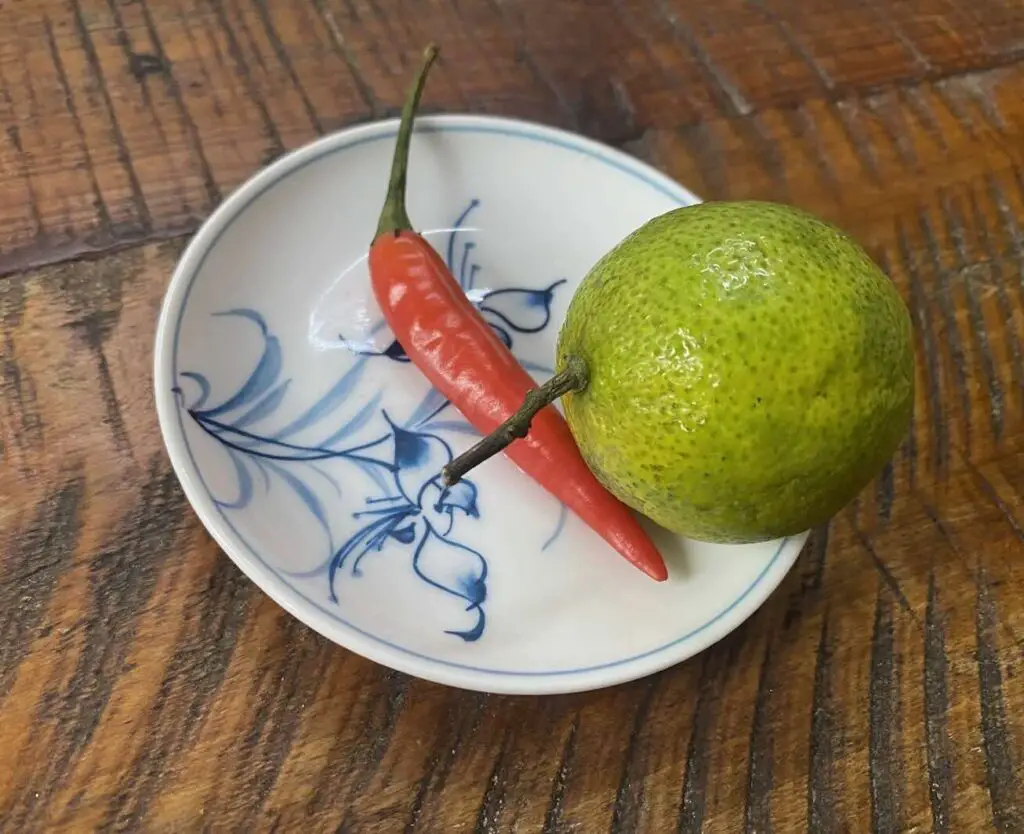
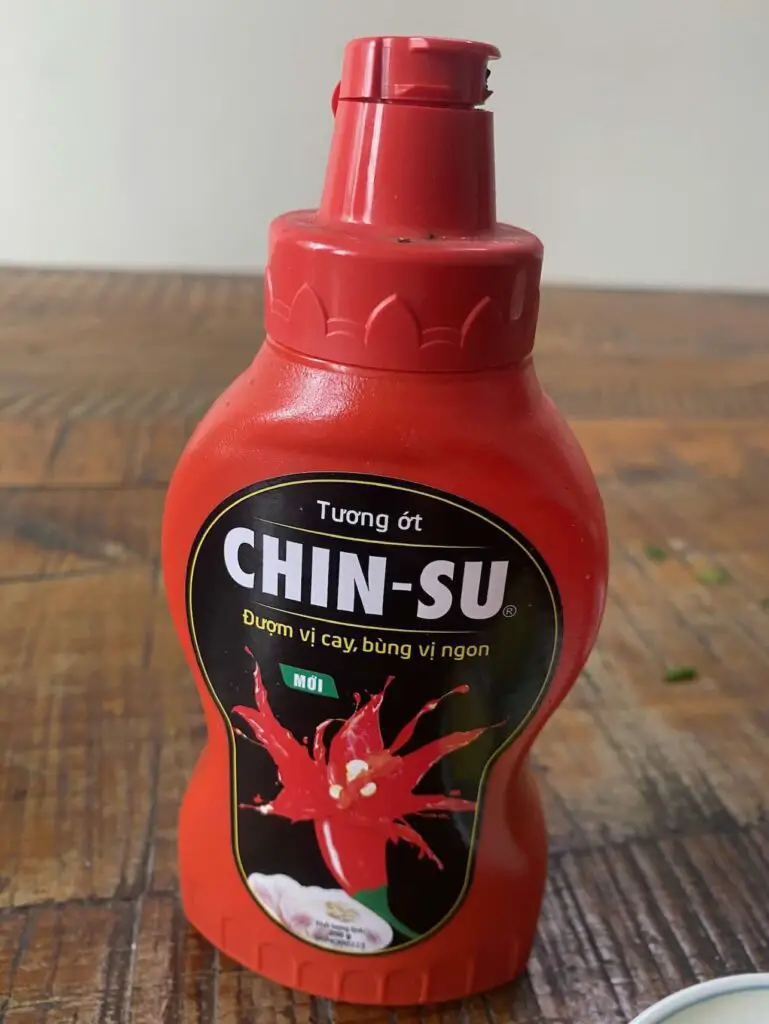
Pho is incredibly versatile, and part of the fun is adding your twist:
- Try incorporating different herbs or additional toppings like chilis or a chili sauce for heat, lime wedges for a tangy zing, or hoisin sauce for sweetness and complexity.
- In Vietnam, it’s common to tweak the basic recipe to suit individual tastes, so feel free to experiment.
By following these tips, you’ll be able to create a Pho that’s not only nourishing and warming but also brimming with the authentic flavors of Vietnam. Remember, the key to the perfect Pho lies in the balance and freshness of its ingredients, so take your time to savor the process and the delicious results.
Cooking Ahead Tips For Quick And Delicious Pho At Home
Pho is a delightful Vietnamese noodle soup that can be savored even on your busiest days with clever preparation. Here are some practical tips to enjoy homemade Pho with minimal fuss.
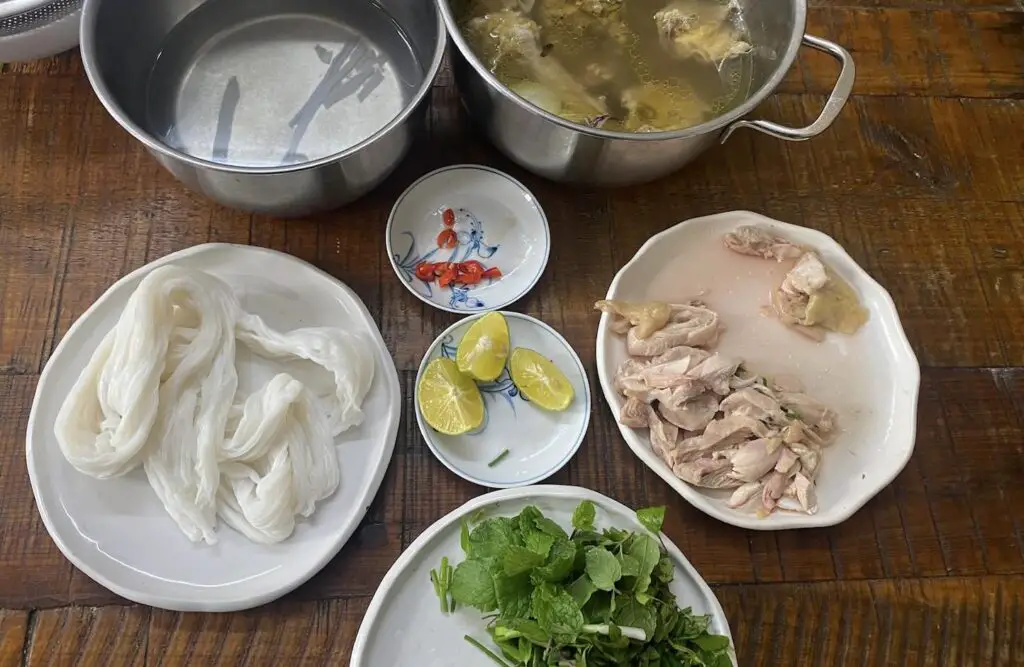
Preparing The Broth:
The broth is the soul of any Pho and benefits significantly from long, slow simmering. If you have a hectic schedule, here’s how you can prepare ahead of time:
Cook The Broth Early:
- Start by simmering your broth early in the morning or the night before you serve the Pho.
- Use a slow cooker to maintain a gentle, continuous simmer. This method allows the flavors to deepen and meld together beautifully throughout the day.
After cooking, remove any meat used to flavor the broth and set it aside from the Pho. You will notice that in our video, we cook the chicken, cut it up, and then place some of the bone and other parts back in the broth. This all continues to add flavor to the chicken bone broth.
Prepping The Ingredients:
Having the additional elements of the Pho prepared beforehand can save a lot of time:
Noodles:
- Pre-boil the rice noodles, rinse them under cold water to stop cooking, and drain. This prevents them from turning mushy.
- Store the precooked noodles in the fridge. When it’s time to serve, a quick dip in hot water will warm them up.
Prep Protein Ahead Of Time
- Cook your chosen protein, such as chicken or beef, in advance. Slice or shred it as needed and refrigerate.
- When ready to serve, if the meat has cooled down, ensure that your broth is piping hot; this will reheat the meat efficiently when poured over the top.
Prep Vegetables And Toppings Ahead Of Time
- Chop herbs and wash vegetables, such as bean sprouts, beforehand. Store them refrigerated in airtight containers to maintain their crispness.
- Prepare garnishes such as lime wedges, jalapeños, and basil leaves, and store them similarly.
Assembling The Pho:
When you’re ready to enjoy your Pho, the assembly is quick and straightforward:
Reheat The Noodles:
- Quickly blanch the precooked noodles in hot water to warm them up, then drain and divide them among the bowls.
Arrange The Ingredients:
- Place the precooked meat and fresh vegetables on top of the noodles.
Ladle In The Hot Broth To Each Individual Bowl
- Pour the steaming broth over the noodles and meat, ensuring it’s hot enough to heat everything. If the meat needs additional warming, submerge it into the broth with chopsticks for a few moments until heated to your liking.
You Can Watch The Step-by-step Procedures For Cooking Vietnamese Pho.
Following these tips, Pho doesn’t need to be a day-long affair. These preparations allow you to quickly assemble a delicious, comforting bowl of Pho, akin to how many families enjoy this dish in Vietnam. With everything prepped in advance, you can relish the rich, flavorful experience of homemade Pho any night of the week!
Serving And Enjoying Pho: Individual Bowls For A Personal Experience
In Vietnam, Pho is traditionally served in individual bowls, one per person. It is not a communal dish shared at the table but a personal feast, with each diner enjoying their serving.
The recipe here yields approximately four servings, ensuring everyone can relish their bowl of this aromatic and nourishing Vietnamese classic. Whether enjoying Pho at a bustling street stall or at home, serving it individually allows everyone to savor the soup, hot and fresh, as they like it.


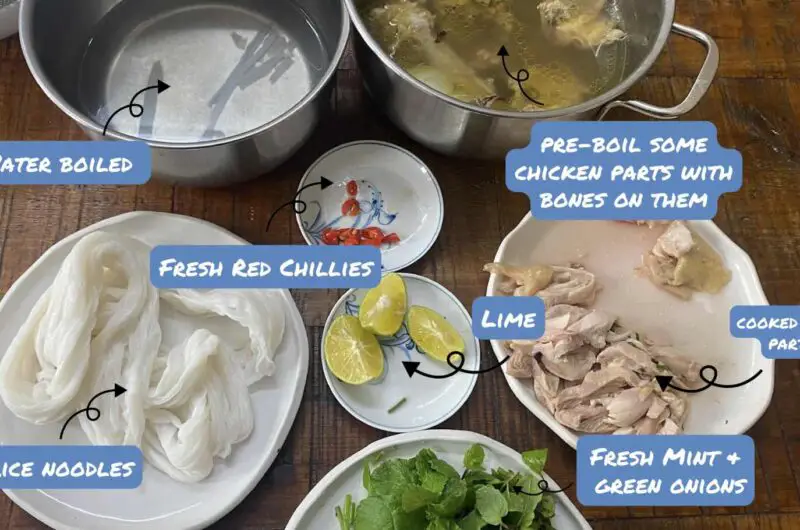

One response to “Discover The Authentic Hanoi-Style Vietnamese Pho: A Traditional Recipe”
[…] characteristics are universal benchmarks for quality in any culinary tradition and are vividly present in authentic Italian cooking, making it a paragon of how delicious food should always […]